Senator Proposes a Bill to Further Help Those Exposed to Radiation as a Result of Nuclear Testing in the 1940s
A bill proposed by Republican Senator Josh Hawley from Missouri aims to extend the Radiation Exposure Compensation Act (RECA), was passed by the Senate in March.
RECA is a federal law offering monetary compensation to individuals who developed cancer and specified diseases due to exposure during U.S. Cold War-era atmospheric nuclear testing. It also extends to citizens who developed diseases due to U.S. uranium-related activities, such as mining, milling, or ore transportation.
Senator Seeks Extension of Radiation Exposure Compensation Act
Hawley proposed changes that could include four additional states if the bill passes in the Senate.
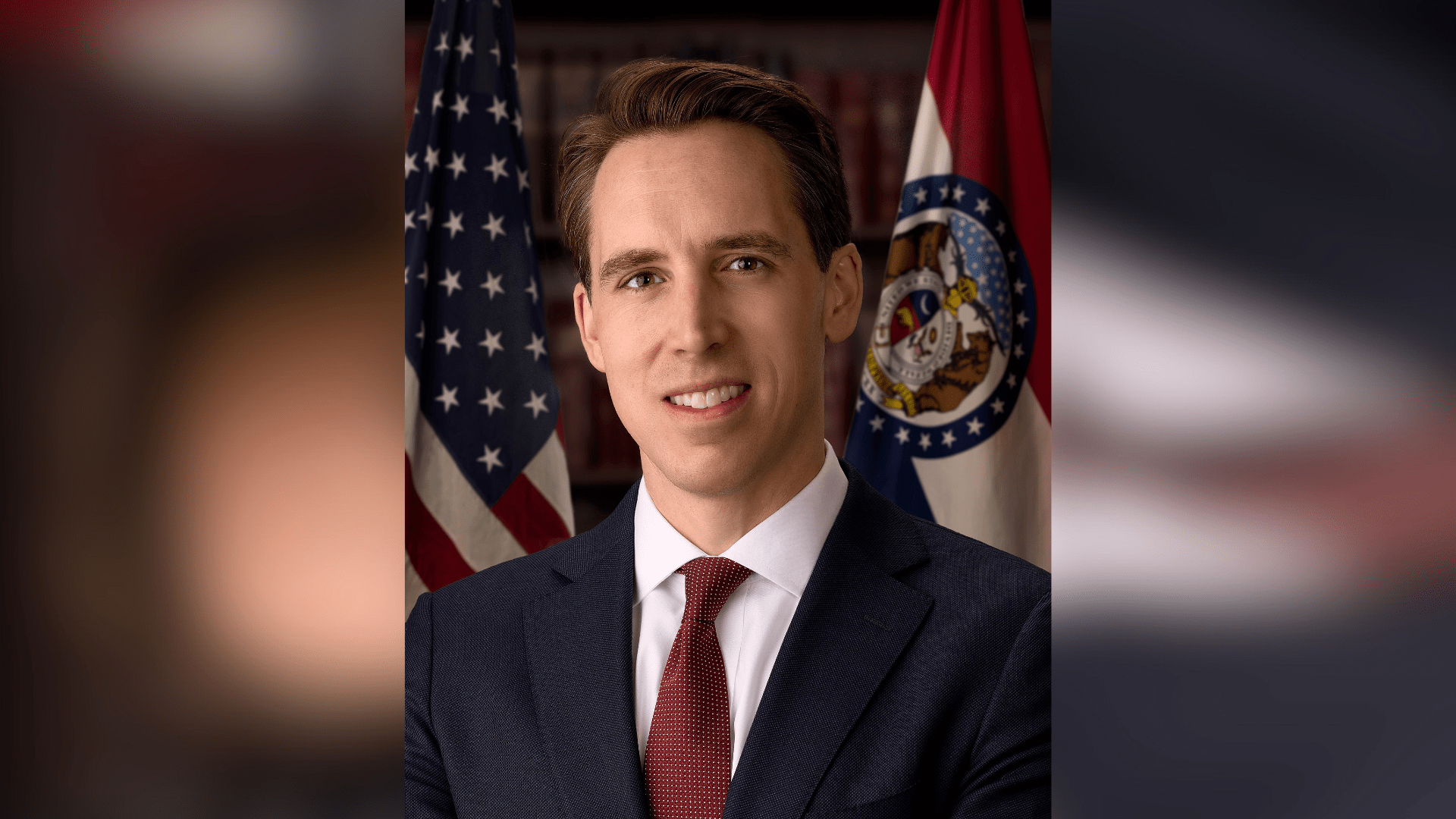
Senate.gov/Wikimedia Commons
The legislation seeks to prolong the RECA expiration date, extend the claims filing deadline, and expand eligibility for compensation to residents in specific areas impacted by the Manhattan Project’s nuclear waste. The proposed changes would encompass parts of Missouri, Tennessee, Alaska, and Kentucky in the RECA coverage.
What was the Manhattan Project?
The Manhattan Project was initiated in the 1940s with the purpose of developing the first nuclear weapons.
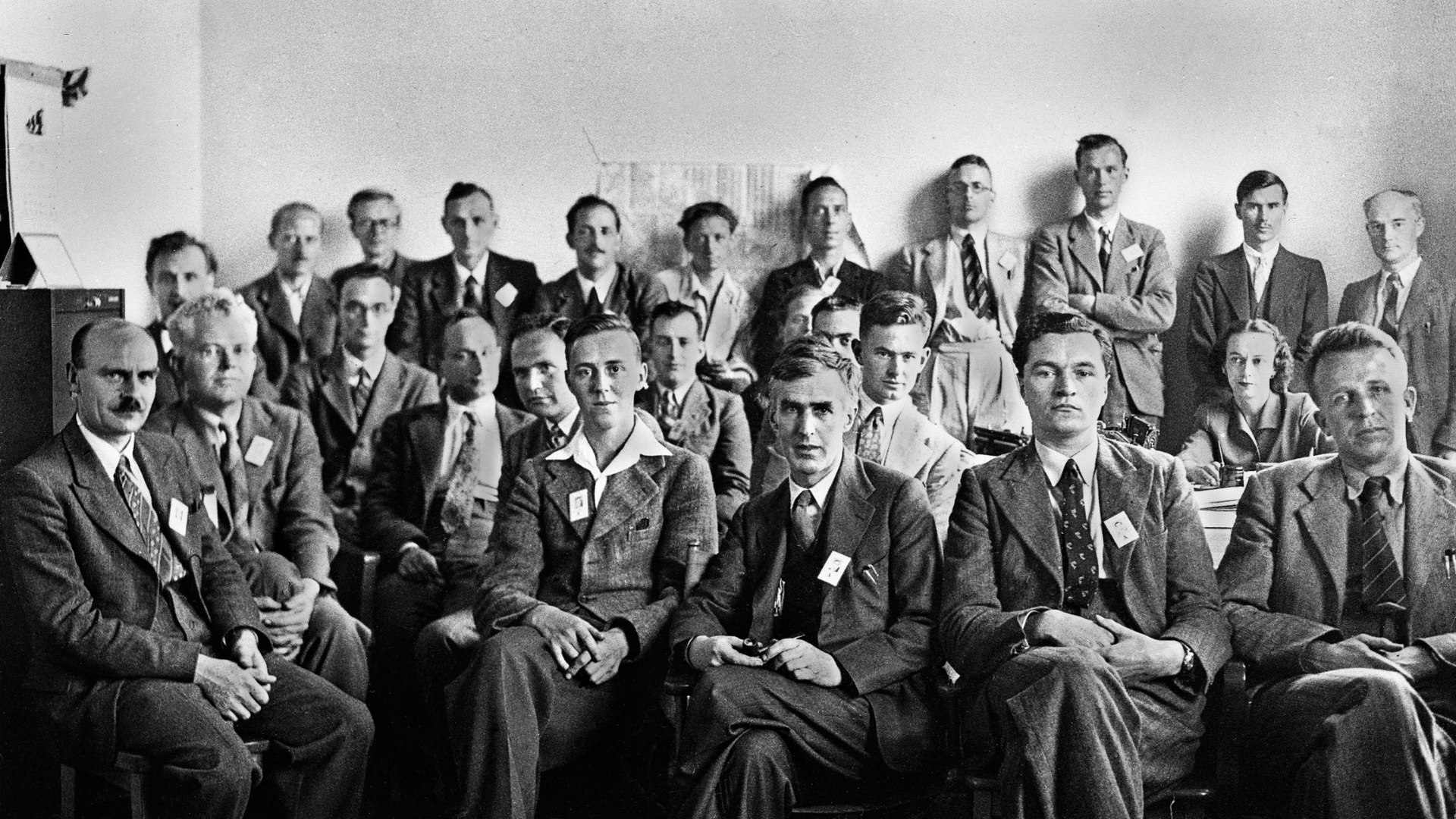
U.S. National Archives and Records Administration/Wikimedia Commons
The project was a collaborative effort led by the United States and supported by the United Kingdom and Canada. The main goal here was to surpass Nazi Germany’s atomic military technology.
J. Robert Oppenheimer
Major General Leslie Groves spearheaded the project from 1942 to 1946.
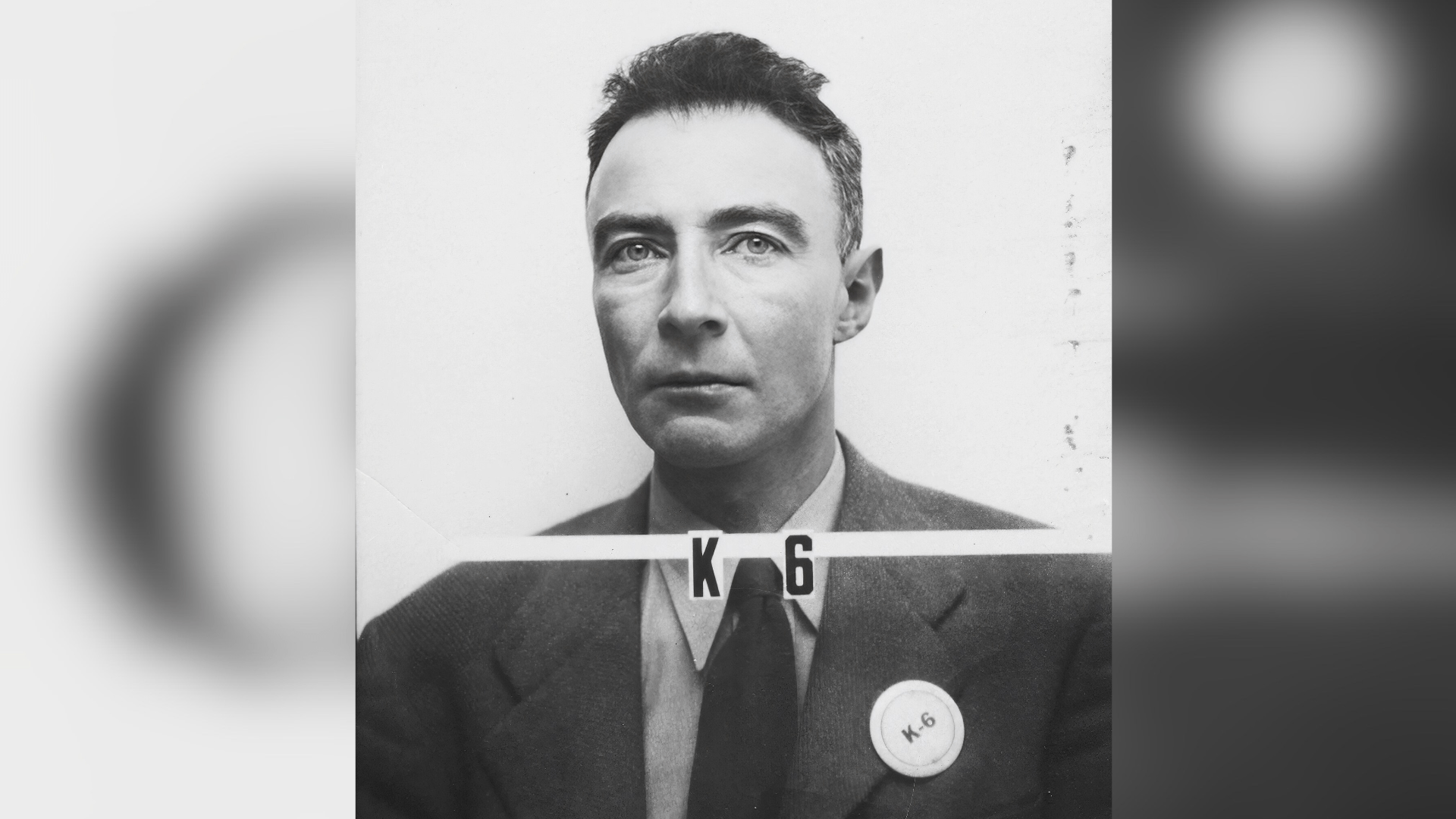
Los Alamos National Laboratory/Wikimedia Commons
Nuclear physicist J. Robert Oppenheimer played a pivotal role as the director of the Los Alamos Laboratory, the facility responsible for crafting bomb designs. He is often considered the father of atomic weaponry.
Toxic Waste Emitted During Manhattan Project Tests
The Manhattan Project left a profound impact on science and society, especially in terms of its toxic waste repercussions on Americans.
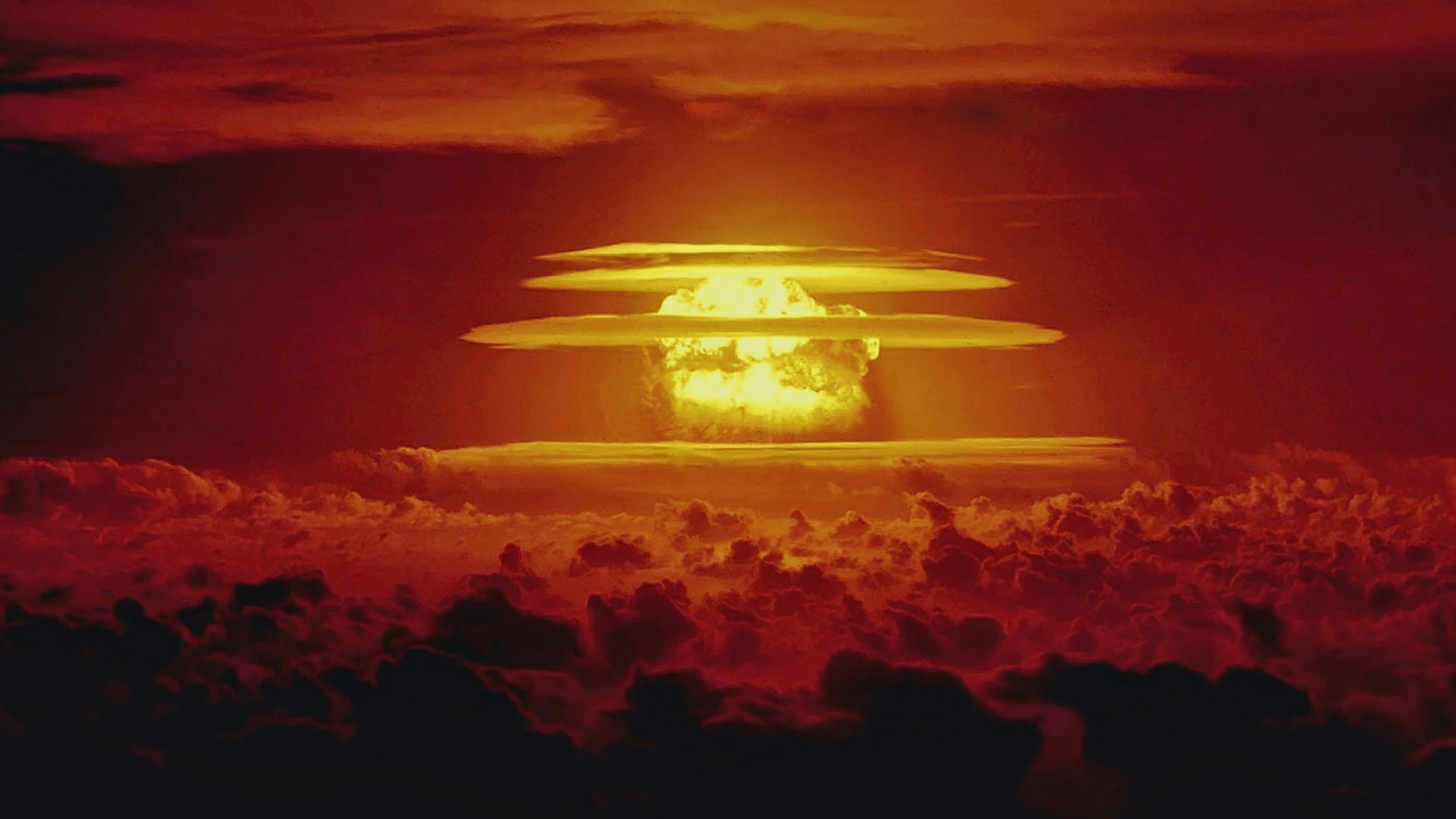
United States Department of Energy/Wikimedia Commons
The project went on to conduct a plethora of tests during the postwar era, detonating many atomic bombs around the Bikini Atoll islands in the Pacific Ocean during Operation Crossroads.
Radioactive Waste Contaminates Surrounding Regions
In total, they detonated 23 nuclear bombs above, below, or near Bikini Atoll. This resulted in significant environmental consequences, with radioactive fallout contaminating soil, water, and air, posing risks to human health and the ecosystem.
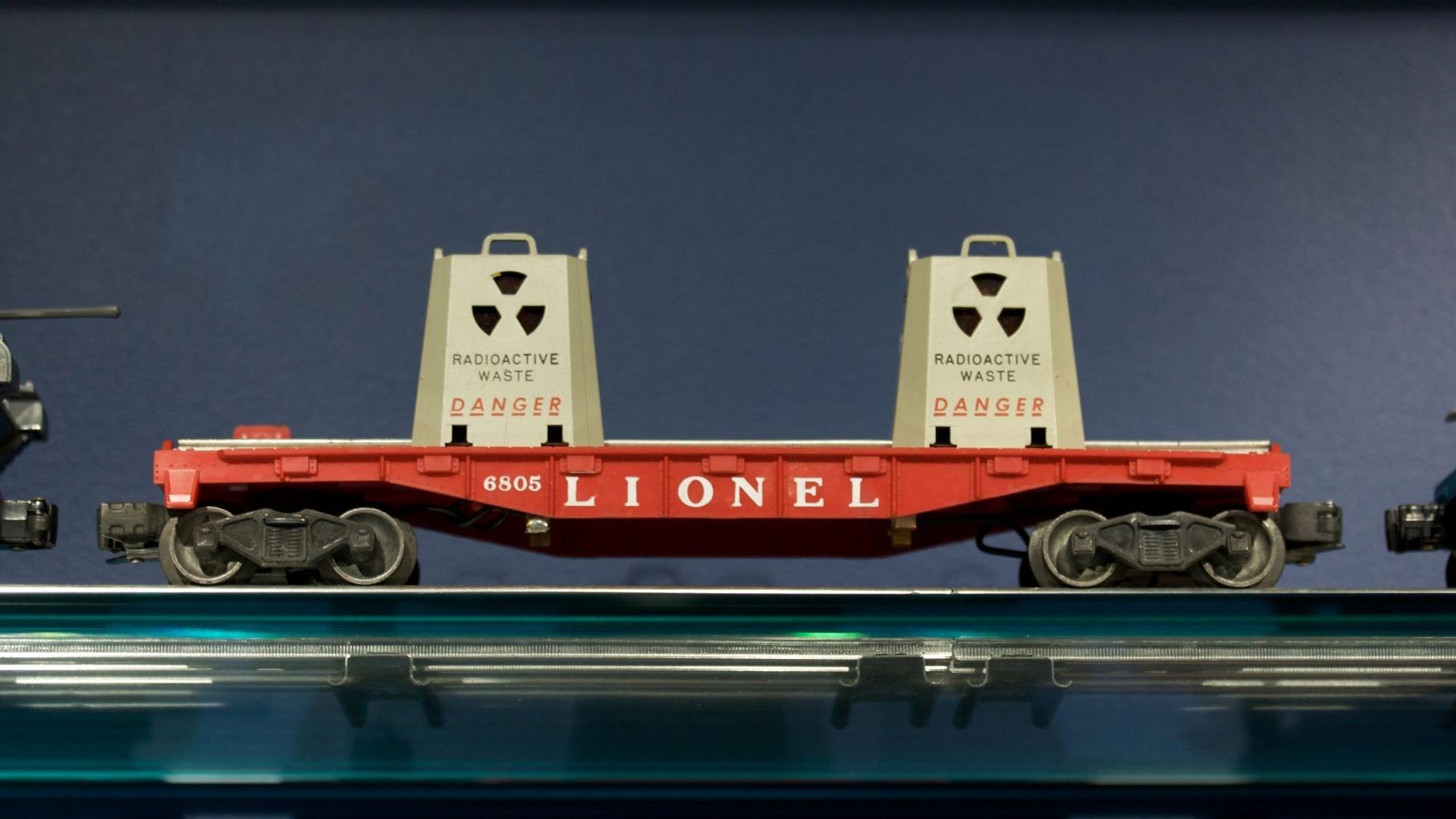
Source: Marcin Wichary/Wikimedia Commons
This is especially true of the Castle Bravo detonation on March 1, 1954, the fallout of which scientists underestimated greatly. The fallout affected Australia, Japan, India, and even parts of Europe.
Continued Nuclear Research Generated Much Toxic Waste
The Manhattan Project also had less immediate and noticeable effects. For one, it pretty much laid the groundwork for U.S. national laboratories that continued research on nuclear energy and weaponry.
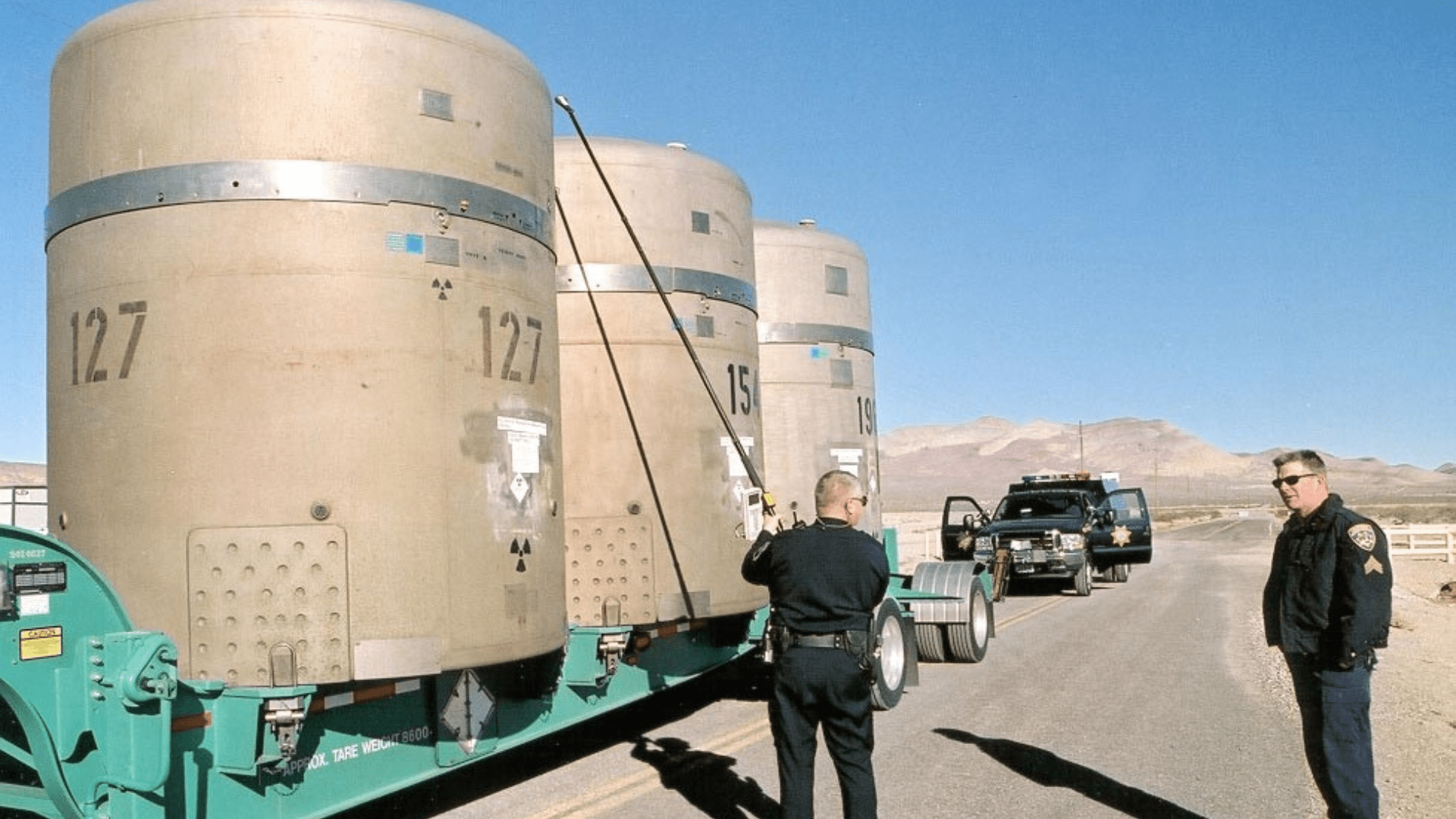
Federal Government of the United States/Wikimedia Commons
Waste generated during such research proved a persistent challenge that requires careful disposal to prevent harm.
Manhattan Project Helped Scientists Better Understand Radiology
The Manhattan Project greatly contributed to medical research in radiology, which resulted in positive applications in disease diagnosis and treatment and the creation of devices to quantify radiation amounts.

Source: Freepik
However, such medical research also generated radioactive waste that necessitated meticulous management.
Onset of the Atomic Age
The advent of nuclear weapons was the direct outcome of the Manhattan Project. This was not only the “closing remark,” so to speak, of World War II–it also marked the onset of the atomic age.

Central Intelligence Agency/Wikimedia Commons
This new era created the Cold War, an approximately 44-year period of intense competition between the United States and the Soviet Union, both armed to the teeth with nuclear weaponry.
Ethical Dilemmas Faced by Manhattan Project Scientists
Scientists involved in the project later faced significant ethical dilemmas. For example, J. Robert Oppenheimer and Joseph Rotblat reflected deeply on their creations’ frightful implications.

Los Alamos National Laboratory/Wikimedia Commons
Oppenheimer famously quoted the Bhagavad Gita after the first atomic bomb explosion: “Now I am become Death, the destroyer of worlds.”
Two Main Researchers Leave the Project
After playing a significant role in the creation of atomic weaponry, Oppenheimer resigned from his role in October 1945 after expressing his remorse and advocating for nuclear peace.

Source: Freepik
Similarly, Rotblat departed from the project and dedicated his life to atomic nonproliferation.
Original RECA Bill and Compensation Amounts
The original RECA bill was introduced in the late 1970s, with Senator Ted Kennedy as a sponsor. However, it was not enacted until 1990.

Farsnews/Wikimedia Commons
Compensation amounts, set in 1990, include $50,000 for “downwind” residents, $75,000 for nuclear test participants, and $100,000 for uranium workers.
President Biden Extends Compensation Period
In order to claim compensation via the RECA Bill, individuals must be able to provide evidence of exposure, and specific medical conditions must be met.

Source: Adam Schultz/Pexels
President Biden signed an executive order in 2022, extending the filing deadline, allowing affected individuals to seek compensation for an additional two years.
Where and Who Does the RECA Currently Cover?
As of now, RECA covers 12 states, with eligibility determined by geographical location. These states include Colorado, New Mexico, Arizona, Wyoming, South Dakota, Washington, Utah, Idaho, North Dakota, Oregon, Texas, and Nevada.
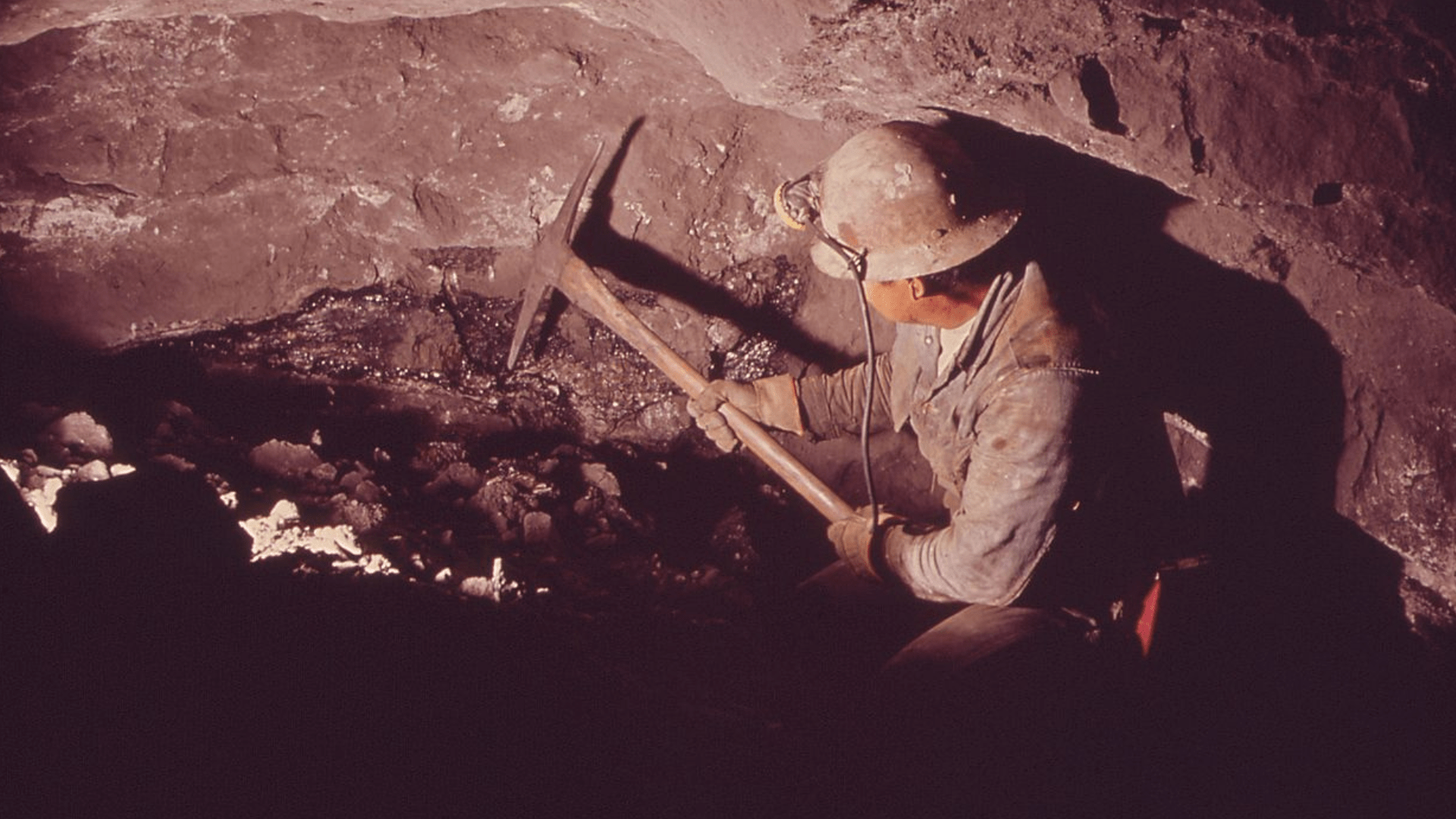
National Archives at College Park/Wikimedia Commons
However, the new bill aims to include Missouri, Tennessee, Alaska, and Kentucky in the RECA coverage.
What Illness Does the RCEA Offer Coverage For?
The RECA currently offers compensation for diseases such as various cancers affecting organs such as the brain, breast, colon, liver, lung, pancreas, thyroid, and urinary tract. Its purpose is to act as a quick, cost-effective alternative to litigation.

Source: Freepik
It does not require claimants to prove causation. People are eligible based on the diagnosis of a covered disease after spending a certain amount of time working or residing in a designated location.
Senator Hawley’s Bill Support by Just Moms STL
Senator Hawley’s bill has received support from the St. Louis-based advocacy group Just Moms STL. The group has been championing the cause of radiation victims since 2012.
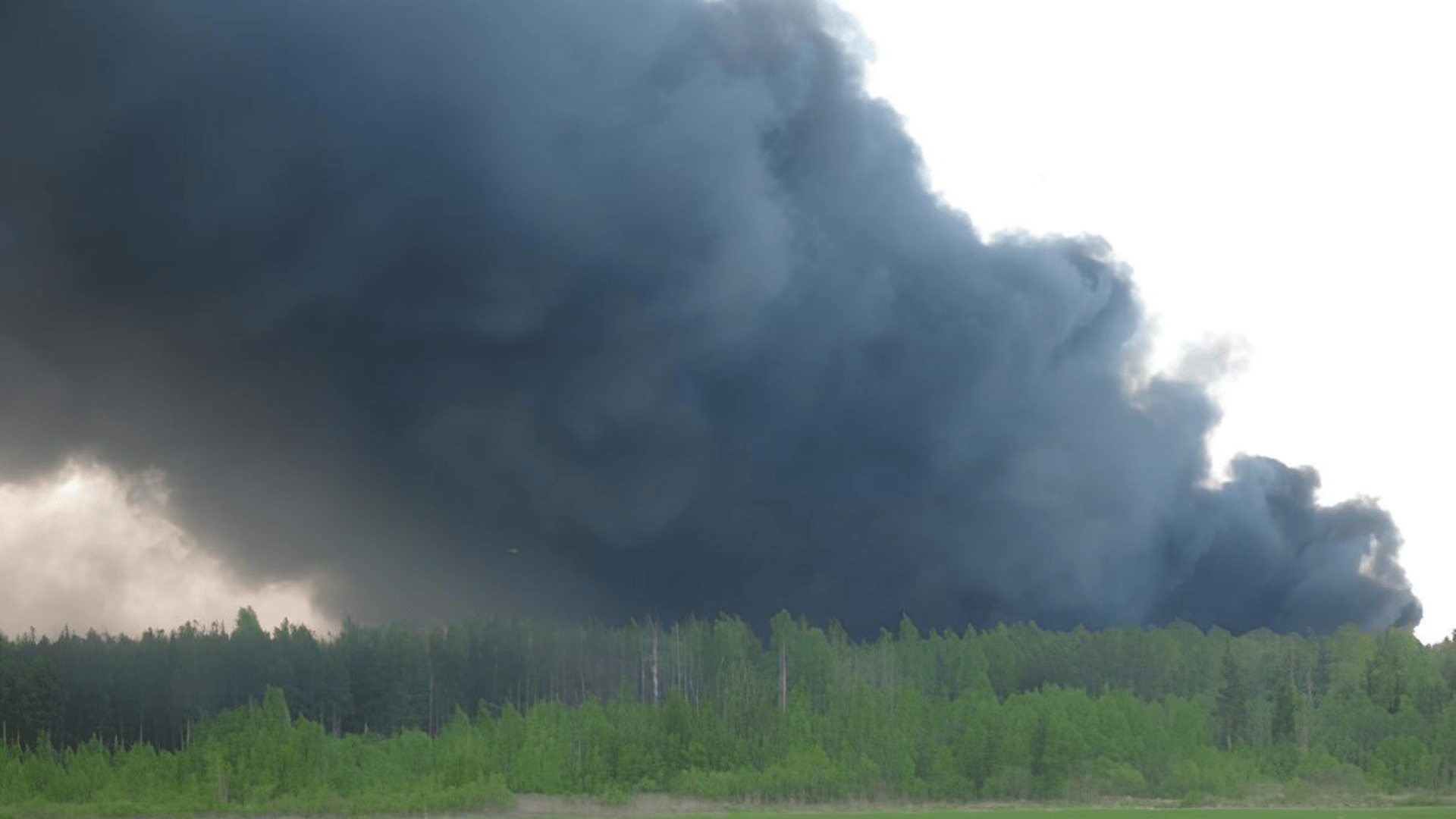
Slidersoul/Wikimedia Commons
Just Moms STL has focused on the aftermath of the Manhattan Project. Their major achievement thus far is revealing that toxic waste from uranium purification was stored in St. Louis until the mid-1960s, which later ended up in a landfill that caught fire in 2010. During an investigation, it was discovered that some of the waste was from the Manhattan Project.
White House’s Support for Hawley’s Bill
The White House has expressed support for Hawley’s bill. In a statement, they said that Biden and his administration believe it is the government’s responsibility to address toxic exposure, particularly among individuals adversely affected by its actions.

Source: Adam Schultz/Pexels
If the bill succeeds, it could make an additional 600,000 people eligible for compensation. Since RECA’s inception in 1990, more than 40,000 individuals have already received compensatory payments.
RECA Reauthorization Needed, Advocates Go to Washington
Just Moms STL plans to attend President Biden’s State of the Union address in Washington, D.C., to further support proposed changes to the RECA. They emphasize the government’s obligation to rectify lingering historical injustices.
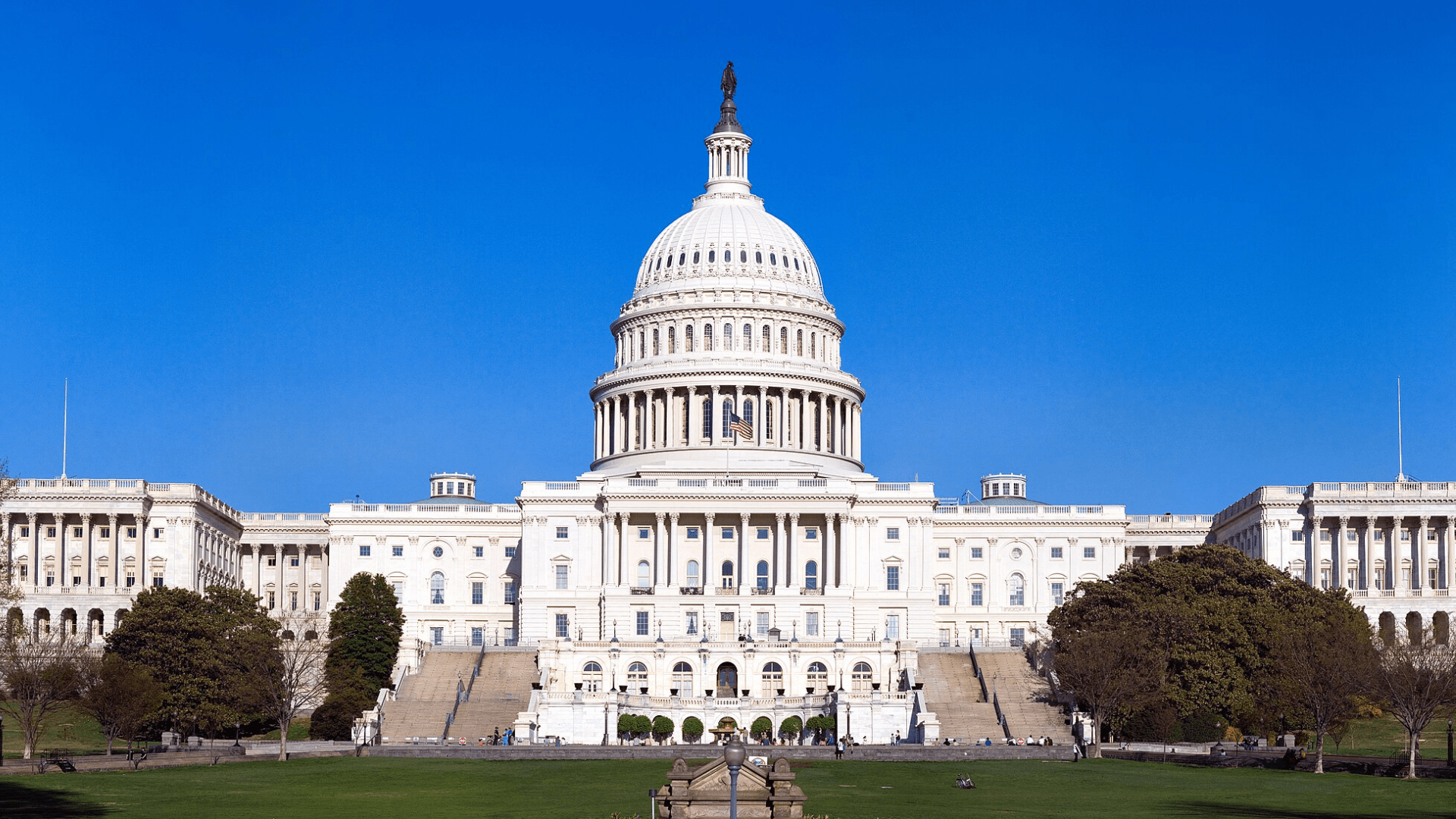
Noclip/Wikimedia Commons
There is a sense of urgency surrounding Senator Hawley’s bill, as an approaching June 7 deadline could cause the RECA to cease without congressional reauthorization. Senator Hawley has stated that he is committed to correcting the historical neglect of radiation exposure.
Bill Passes Legislation
On March 7, the Senate passed Sen. Hawley’s bill, which aimed to renew the original RECA bill that was implemented over thirty years ago.

Source: Freepik
According to PBS NEWS, the new bill could cost upwards of $50 billion.
Poisoned by the Government
Just before he joined the politicians in the Senate to address the legislation, Hawley stood on the street and spoke on those diagnosed with cancer during the radiation exposure as a result of the Manhattan Project.
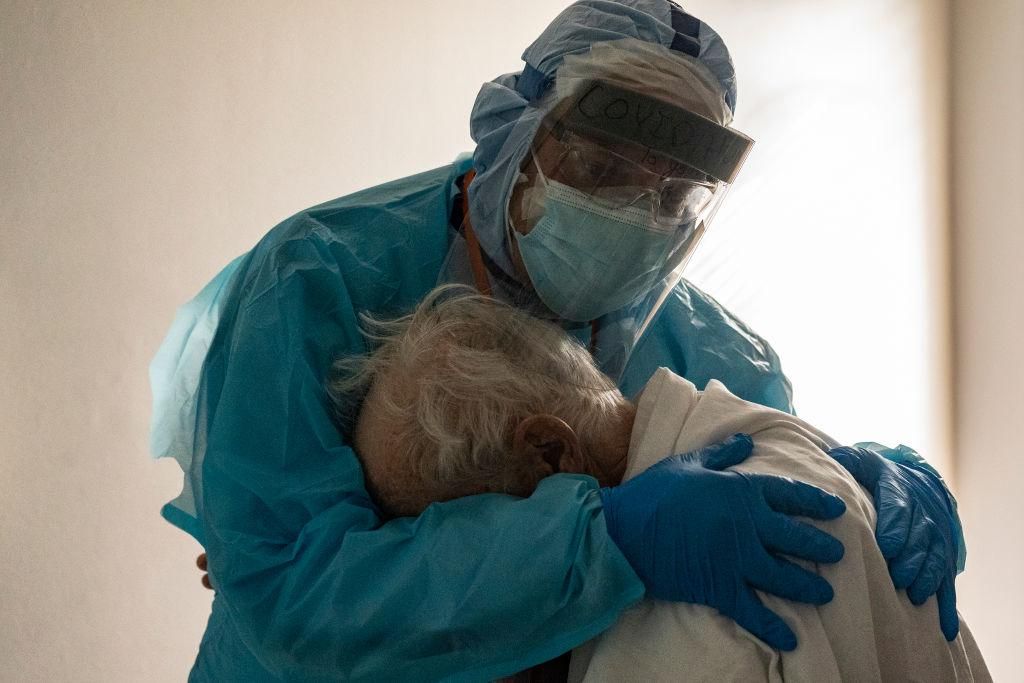
Source: Go Nakamura/Getty Images
He said it’s “hard to look them in the eye” and say they were poisoned by their government, “but we’re not going to be there for you.”
Senate Vote in Favor of Extending RECA Bill
The bill passed with flying colors in the Senate. 69 members voted in favor of the bill whereas 30 voted against it.
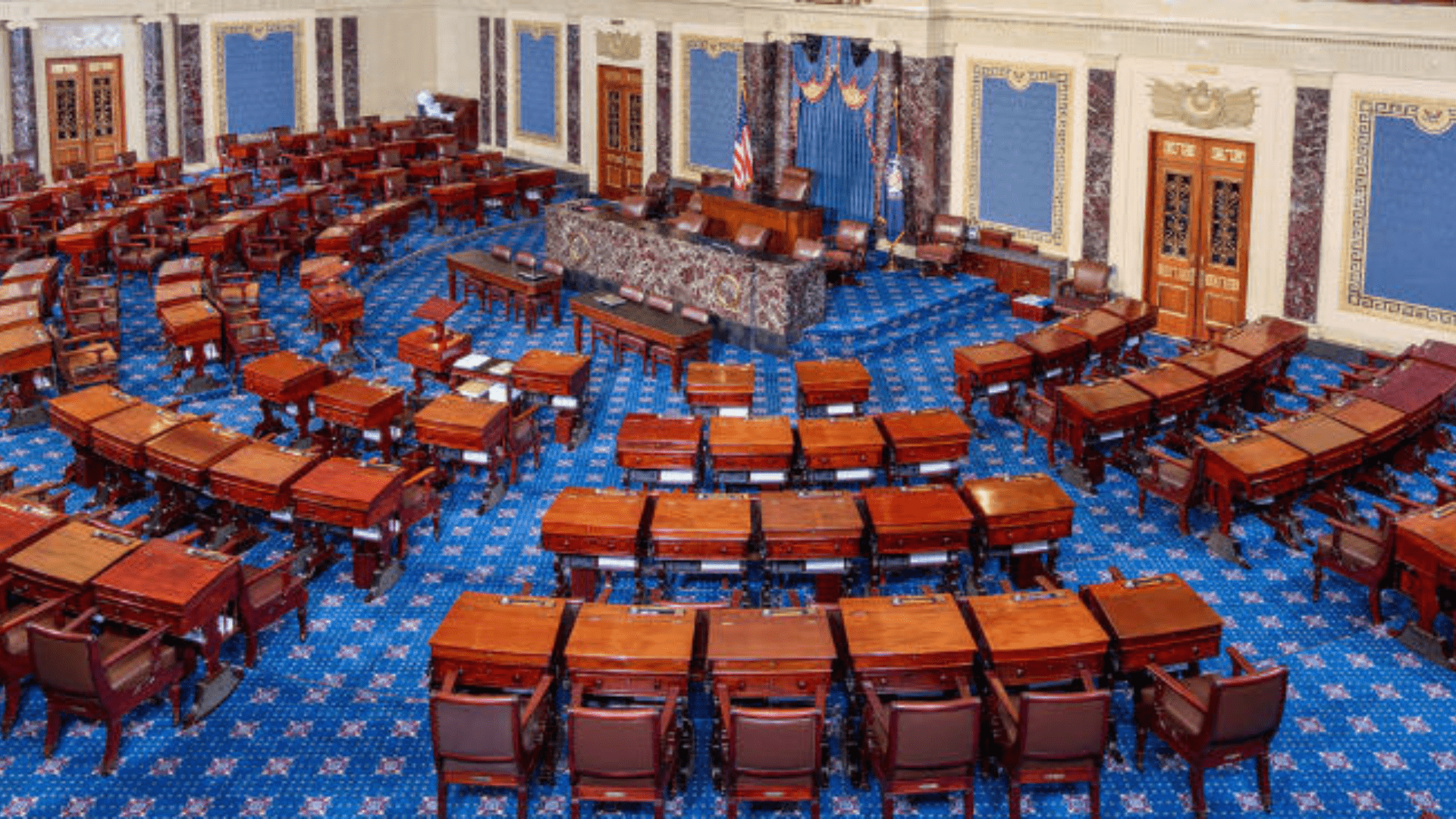
United States Senate/Wikimedia Commons
However, some believe its prospects in the House are still relatively uncertain.
Survivor Speaks on Radiation Exposure
Nickson-Clark, a Democrat who represents Florissant, which saw a significant amount of nuclear waste dumped along a creek in the 1960s, spoke on how it has affected her life.

Source: Freepik
“I lost my mother to breast cancer, an aunt to breast cancer. Two cousins that are breast cancer survivors, a nephew that had a cancerous brain tumor and other genetic mutation deficiencies in my family. I’m here to represent a community that has been undeserved, undervalued, underrepresented and unheard,” she said.
White House Plan to Sign Legislation
Speaking on the situation at hand, a representative for Joe Biden said the President would sign the legislation.
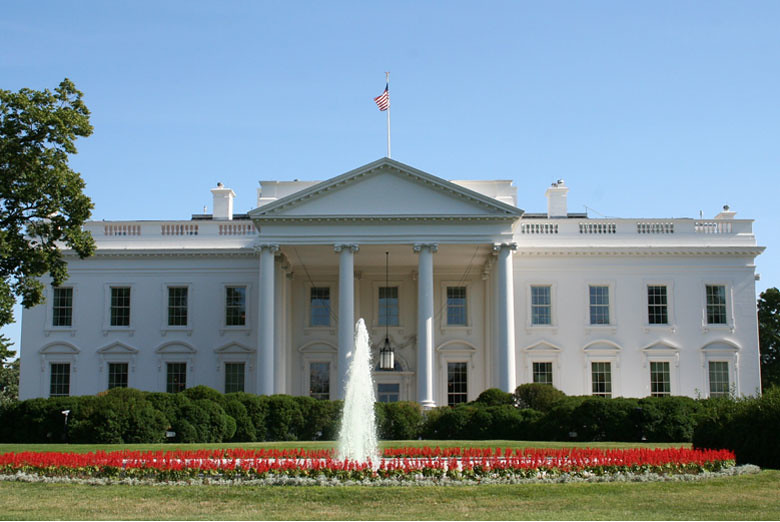
Source: U.S. Embassy, Jakarta/Flickr
“The President believes we have a solemn obligation to address toxic exposure, especially among those who have been placed in harm’s way by the government’s actions,” the White House said in a statement.
Americans Continue to Fight for Justice
Americans like Tina Cordova, a cancer survivor from New Mexico, are happy with the passing of the bill, claiming the state should have been included in the original bill as they were “ground zero” when it came to nuclear testing.

Source: Freepik
“People have been waiting for justice for far too long, and it’s just simply time to do the right thing,” she said.
